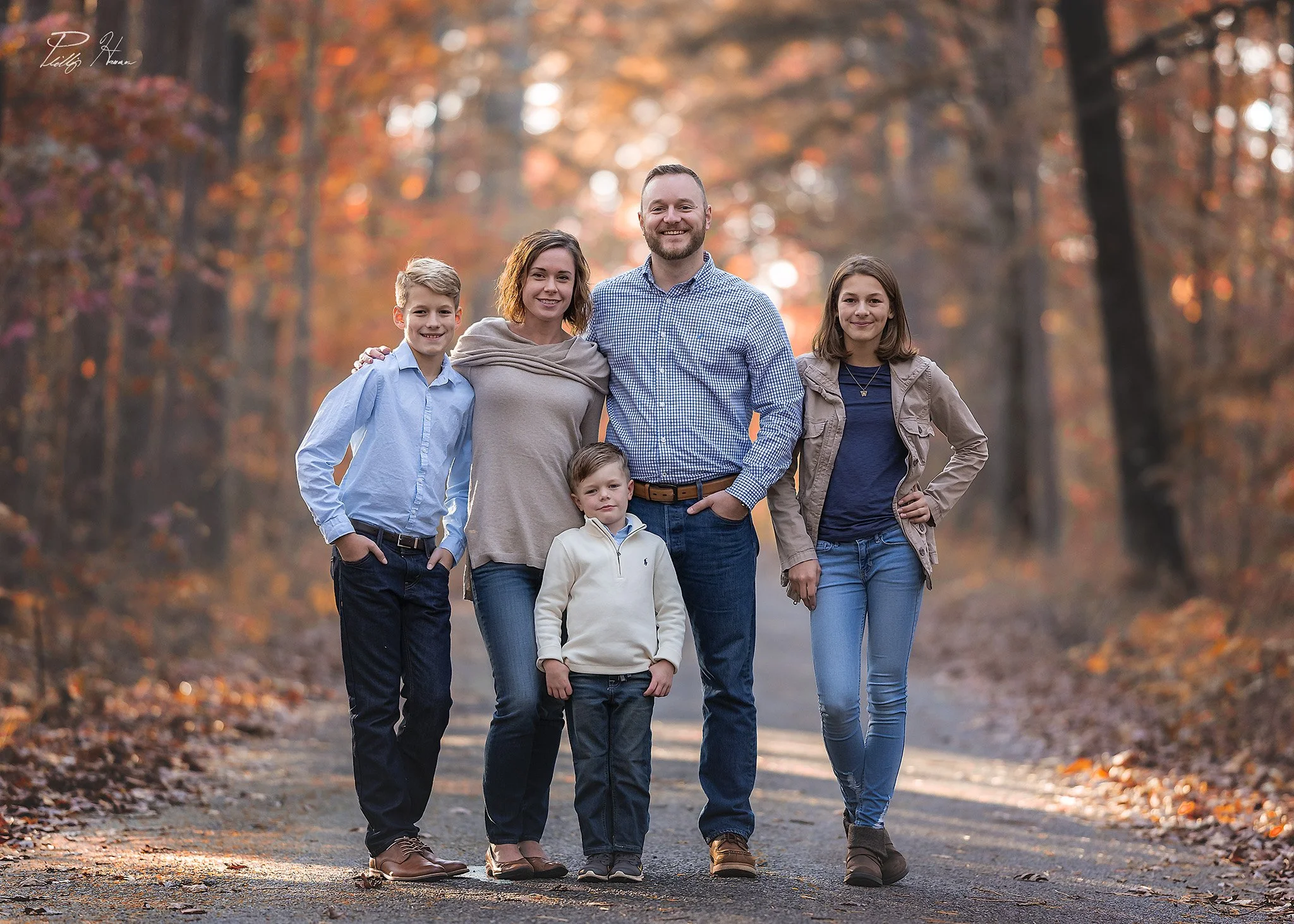Portrait Photography: Mastering Poses and Directions for Natural Shots
By: Phillip Haumesser
Portraits are all about connection—capturing a person's essence in a single frame. But getting that natural, engaging look often comes down to posing and directing your subject. Stiff arms, awkward smiles, or unnatural stances can flatten even the best-lit shot. In this post, we'll explore why posing matters, key techniques for directing subjects, and practical tips to make your portraits feel authentic and dynamic. Whether you're shooting friends, family, or clients, these essentials will help you create images that truly shine.
Why Posing and Directing Are Key in Portraits
A great portrait isn't just a face—it's a story of emotion, personality, and mood. Posing guides how the body language tells that story. A slouched shoulder might convey relaxation, while crossed arms could suggest confidence or defensiveness. Directing, on the other hand, is about communicating to make your subject comfortable and natural.
Without good direction, subjects often freeze up, leading to rigid poses. But with simple guidance, you can relax them and capture genuine expressions. It's like being a gentle coach, helping them move in ways that flatter and fit the vibe.
Basic Principles of Posing
Start with the fundamentals to build a strong foundation:
Body Alignment: Encourage a slight shift in weight to one leg for a relaxed stance—think "pop your hip" for a casual curve. Avoid flat-footed poses; they look static. Angle the body slightly away from the camera (about 45 degrees) to slim and add dimension.
Hand Placement: Hands can make or break a pose. Suggest soft placements like one hand in a pocket (thumb out to avoid bulk) or lightly touching the face. For groups, have hands interact—holding hands or an arm around shoulders—to show connection.
Head and Shoulders: Tilt the head slightly for interest, and drop the shoulders to release tension. Chin down a bit to define the jawline, but not too much to create shadows.
Eyes and Expression: Direct eye contact with the lens for intensity, or have them look off-camera for a thoughtful feel. Prompt smiles with light prompts like "think of something funny" to get real grins.
These basics apply to anyone—kids, adults, or even pets. Adjust for body type: For curvier subjects, use angles to highlight strengths; for taller ones, shoot from lower angles to balance proportions.
Directing Techniques for Natural Results
Directing is an art—it's about building rapport and giving clear, positive instructions. Here's how to guide effectively:
Build Comfort First: Start with chatty warm-ups. Ask about their day or favorite hobbies to ease nerves. Mirror their energy—if they're shy, keep directions soft; if outgoing, amp up the fun.
Use Action-Based Prompts: Static poses feel awkward, so direct with movement. Say "walk toward me like you're late for coffee" or "hug your arms like it's chilly." This creates fluid, natural positions.
Layer Poses: Begin simple (standing straight), then add layers—like turning the head or shifting weight. Shoot variations quickly to capture transitions, where real expressions often emerge.
Group Dynamics: For couples or families, direct interactions: "Whisper something silly" or "Tickle each other." This fosters genuine reactions and avoids lineup stiffness.
Adapt to the Environment: Use surroundings—lean on walls, sit on steps, or interact with props like chairs. It adds context and makes poses feel organic.
Watch for Tension: Spot tight jaws or clenched fists? Pause and suggest deep breaths or shakes to loosen up. Positive feedback like "That looks great!" boosts confidence.
Lighting and Composition in Posing
Posing doesn't happen in a vacuum—tie it to light and framing:
Light Flattery: Position subjects so light hits the face evenly. Side lighting adds depth; avoid overhead for shadows. For dramatic effects, pose with light behind for rim glow.
Composition Ties: Use the rule of thirds for eye placement. Frame tightly for intimate portraits or wider for environmental context, where poses interact with the background.
Lens Choice: Wider lenses (35mm) for dynamic, environmental poses; longer (85mm) for flattering compression in close-ups.
Tips for Specific Portrait Types
Tailor your approach:
Solo Portraits: Focus on expression. Direct micro-movements like a subtle smile or gaze shift.
Kids and Families: Keep it playful—use games like "freeze dance" for poses. Short sessions prevent meltdowns.
Professional Headshots: Emphasize confidence—straight posture, direct eyes, neutral expressions.
Creative or Themed: Experiment with asymmetry or exaggerated poses for artistic flair, like jumping or lying down.
Common Posing Mistakes and Fixes
Avoid these pitfalls:
Over-Posing: Too many instructions overwhelm. Fix: Give one direction at a time.
Ignoring Comfort: Forcing unnatural poses leads to tension. Fix: Ask for feedback—"How does that feel?"
Symmetry Overload: Mirror poses look robotic. Fix: Add asymmetry for interest.
Forgetting Variety: All shots the same? Fix: Mix standing, sitting, and moving poses.
Practice Makes Perfect Poses
Hone your skills with drills: Set up a mirror to practice directing yourself, or volunteer for friend shoots. Review images critically—what poses worked? Over time, directing becomes intuitive.
The Emotional Impact of Great Poses
Well-posed portraits capture more than looks—they reveal personality. A relaxed lean conveys ease; a bold stance shows strength. Use posing to amplify the emotion you want to evoke, making viewers connect deeply.
Wrapping It Up
Posing and directing are skills that elevate portraits from snapshots to art. Start with basics, direct with empathy, and practice to make every session smooth. Your subjects will thank you, and your photos will show it.
Grab your camera, find a subject, and start directing!
~Phillip
Ready to Master Posing and Portraits?
Posing can transform your portraits, but getting it right takes guidance. In my Online Photography Academy, you'll find over 100 video tutorials on directing subjects, lighting for poses, and more, with a Q&A where I answer your questions directly. Let's make your portraits natural and captivating—join today and step up your game!

